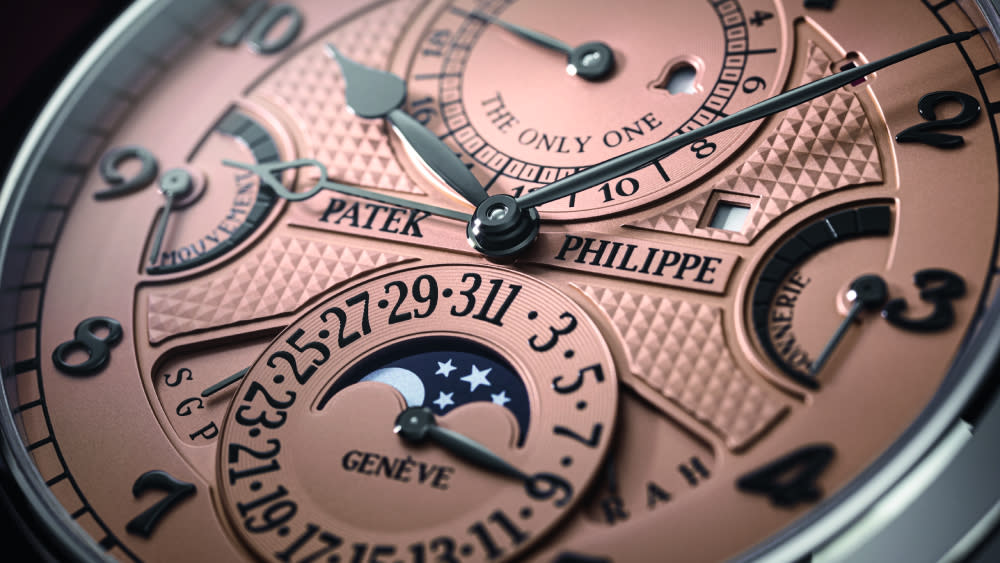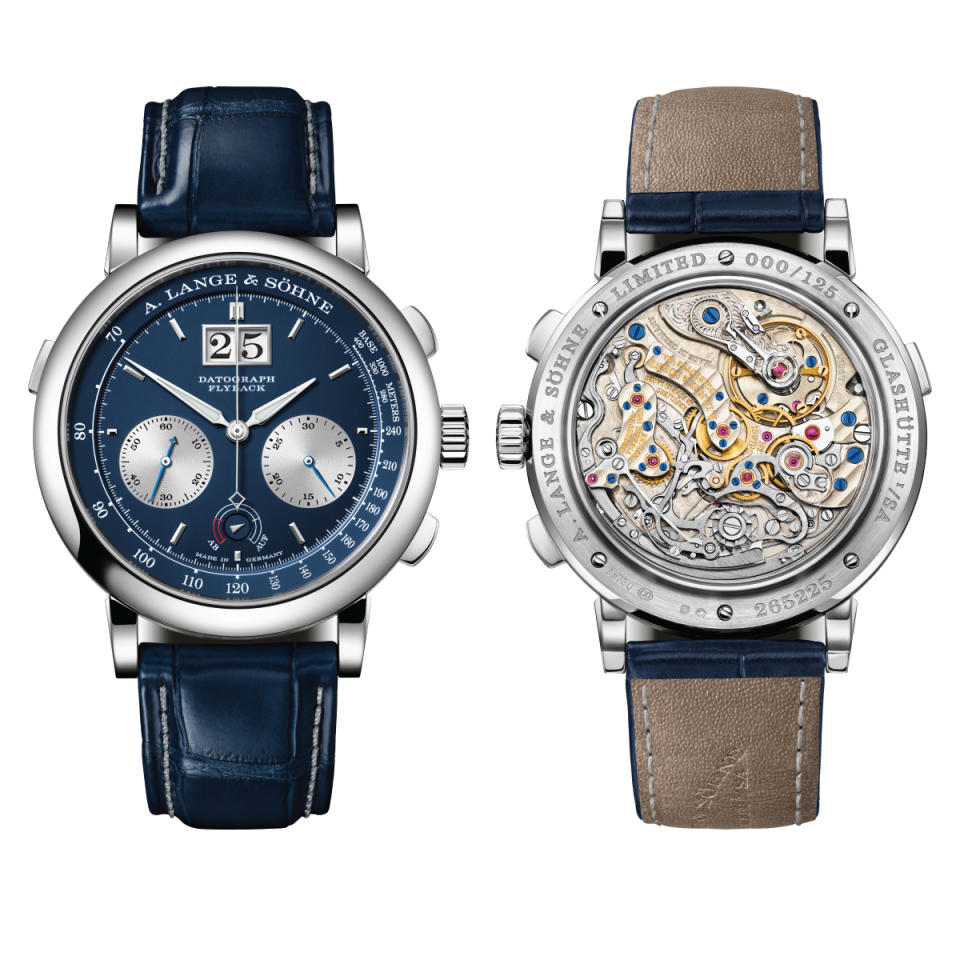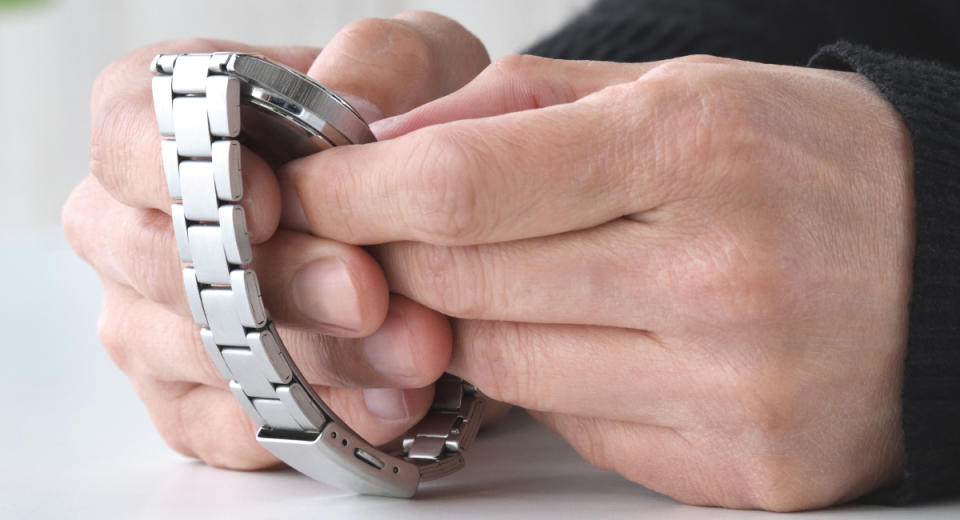What Everyone in the Watch World Gets Wrong About ‘Precision’ and ‘Accuracy’

This really shouldn’t be an opinion essay. It should be a simple lesson on accurate definitions and precise usage of the terms “precision” and “accuracy” in reference to watches. To my chagrin, I must opine instead, because sloppy usage has pervaded watch culture for so long that it’s become the accepted norm.
It’s even become the norm among high-minded watch technicians. When I bring these terms up with them, they dismiss my concerns as those of an obsessive wordsmith. I feel like a scowling, Dickensian school master when I insist on correct usage, and one watchmaker said to me, “You realize this doesn’t matter, right?” I said, “Well, I think it’s important.” He replied with a chuckle, “Yeah, you would.”
More from Robb Report
Jacob & Co.'s New Bugatti Tourbillon Watch Has a Functioning V-16 Engine
Richard Mille Just Dropped Two Summery 'Sun and Sea' Split-Seconds Chronographs
Greenwich, Connecticut Is One of America's Best Watch Cities-Here Are the Boutiques to Shop
Correct definitions and usage of the terms precise and accurate are important because we watch aficionados are, I assume, by our very natures nerds and geeks who seek to understand the horological arts in minute detail. We all want to be experts, so why not speak like experts? Fixing our use of these important terms can only serve well our geeky natures. And it’s not that hard to get it right.

In her cultural history of clocks and watches in American life, Marking Modern Times (University of Chicago Press, 2013), history professor Alexis McCrossen points to this issue’s importance. She writes: “It’s important for our understanding of nineteenth-century clock time to distinguish between precision and accuracy. A precise clock computes and records the passage of time…consistently. A clock set to the wrong time can still be precise if it measures out each second, minute and hour correctly. An accurate clock, however, is one set to the correct time.”
An analogy would be to talk about the difference between a precision gun which repeatedly delivers the same propulsion and aim, and an accurate shooter, who repeatedly hits an external target. To call the gun accurate seems silly, and to call the shooter precise is likewise incorrect. The gun is precise (or not), and the shooter is accurate (or not).
This distinction between precision and accuracy has long been a very important one in science. A precise measuring instrument will, over and over, produce reliable measurements with very little, or no, deviation from test to test. A thermometer, for example, that gave inconsistent measurements from one instance to the next would prove useless. An accurate reading however would involve a precise thermometer matching some external reference temperature. In science, as in life, both precision instruments and accurate readings are prized, but they are not the same thing.

It’s often the case that brands, journalists, aficionados, salespeople, auctioneers, and just about everyone in the world of watches uses these terms incorrectly. We hear all the time that a watch “is very accurate” when it performs consistently, but all you’d have to do to render that watch entirely inaccurate is to grab the crown and set it incorrectly. What we want from watches is not accuracy (that’s up to us), but precision. If the precision is excellent, then it will be more accurate more of the time.
This gets to the heart of a significant aspect of watchmaking. With programs like Rolex’s Superlative Chronometer rating, OMEGA’s METAS-based Master Chronometer program, and the Foundation of Qualité Fleurier run by Chopard and Parmigiani, we are promised a “precision chronometer.” That’s the correct use of “precision.” But then we turn around and call our watch an “accurate timepiece.”
Even a stopped watch is accurate twice a day, but it is infinitely imprecise.
Once you understand these terms, you may find that your horological interlocutors sound a little daft. When I hear someone say, “Hey man, this new watch is super accurate,” I can’t help but chuckle inside, thinking sarcastically to myself, “Wow, so you know how to set your watch, bro. Way to go!”

There is, however, a manner in which the use of accuracy in reference to a watch is correct. Once you’ve set a watch to a reference time, it is accurate to the extent that its precision allows it to stay aligned with that standard. Every mechanical watch drifts noticeably, and when it does it has become inaccurate. So, when people say, “accurate to within +2 / -2 seconds per day,” they’re not entirely incorrect—assuming the owner has set it correctly. The subtlety here is confusing, I admit. I assume it is within this gray zone that the tendency to mix up the terms originated. However, if you’re describing the consistent (or inconsistent) performance of a watch—that is, if you’re bragging or complaining about how good or bad your watch is at keeping time—you are describing its precision.
Best of Robb Report
Sign up for Robb Report's Newsletter. For the latest news, follow us on Facebook, Twitter, and Instagram.


